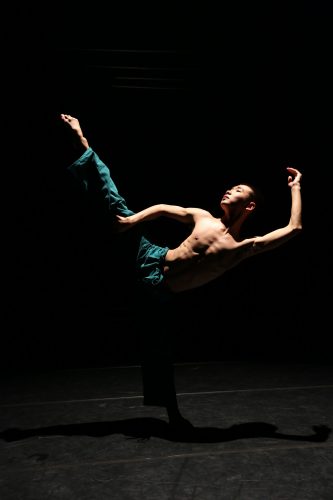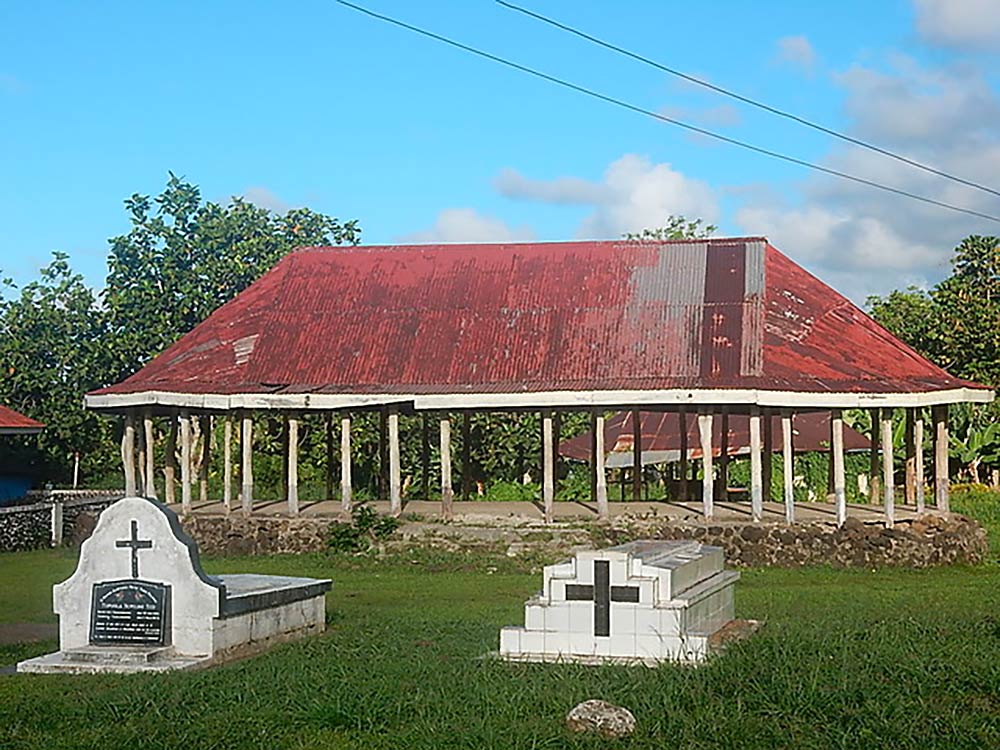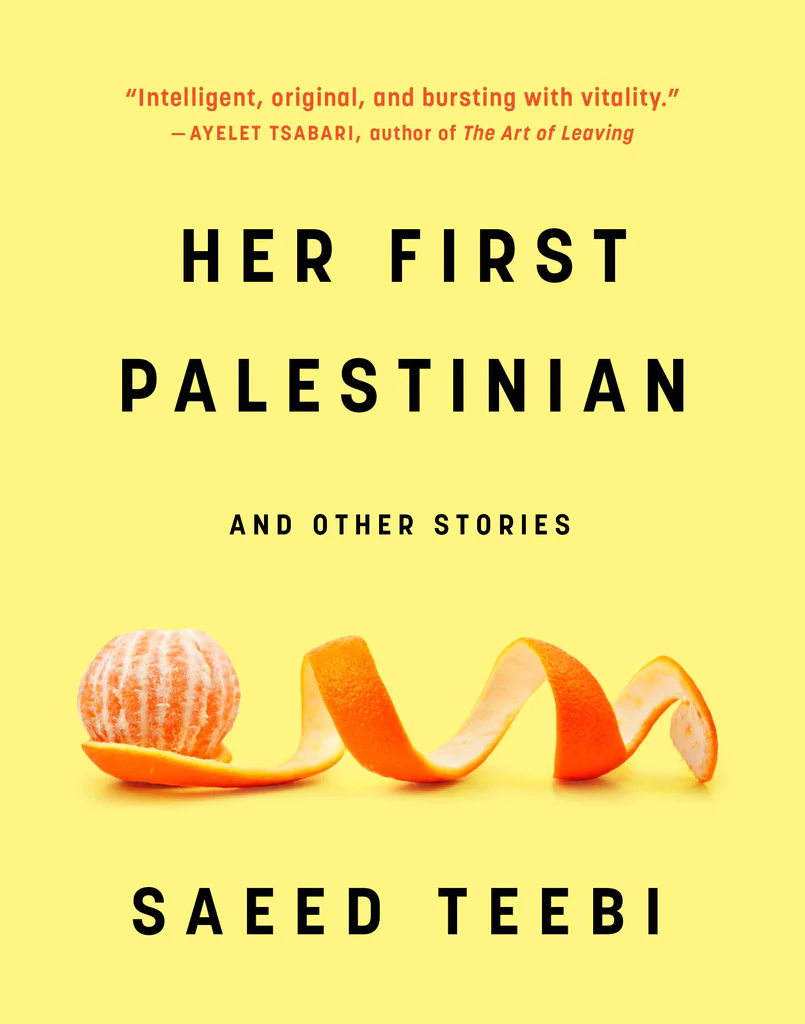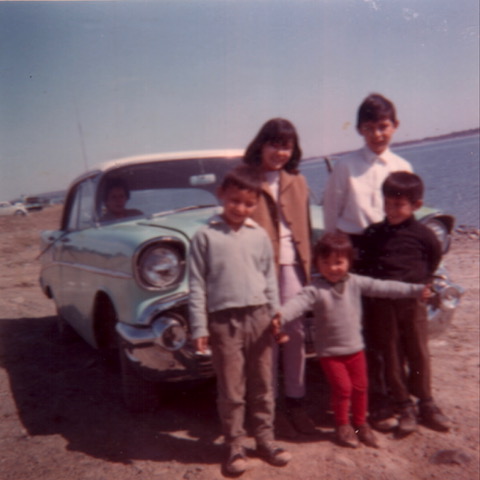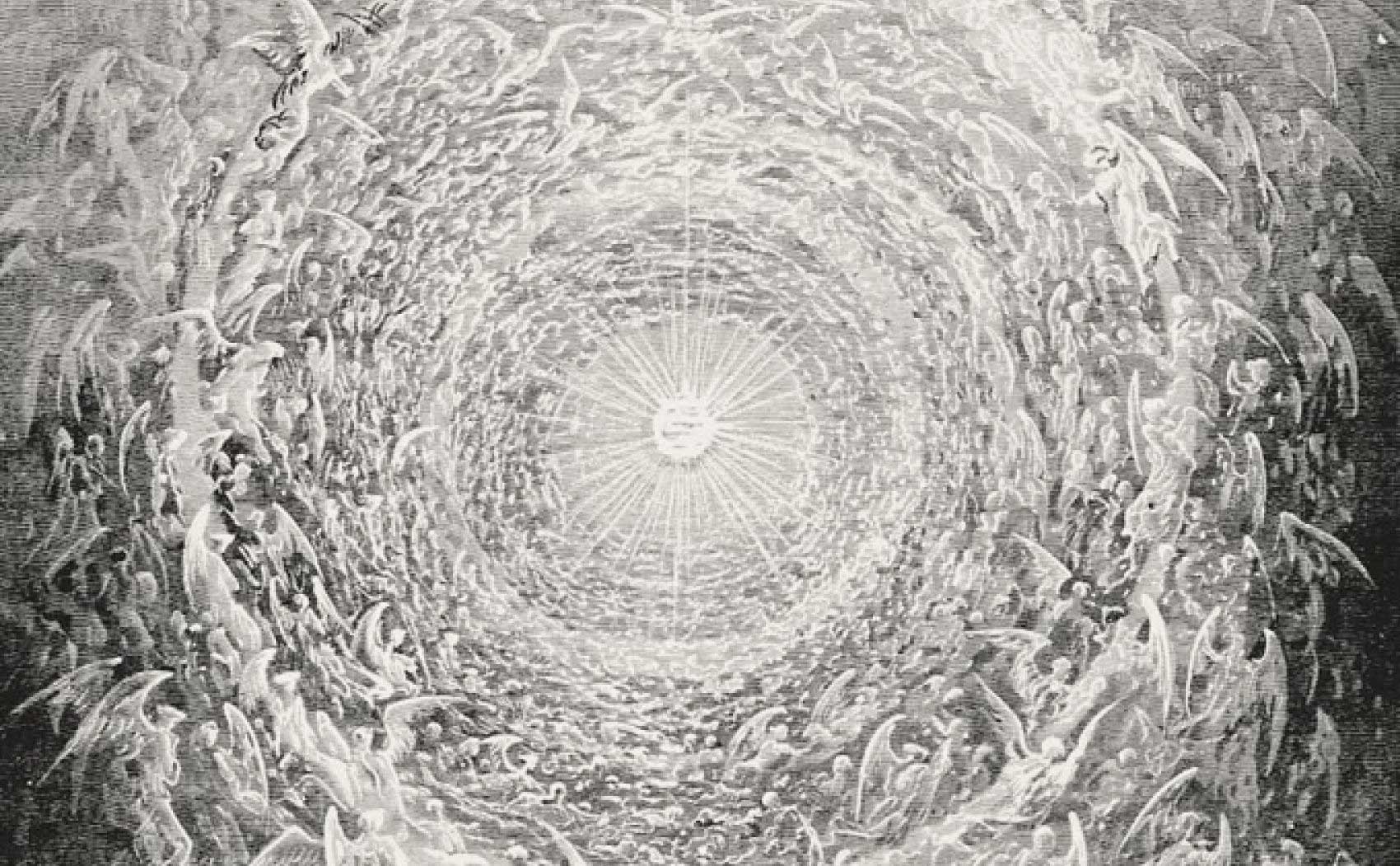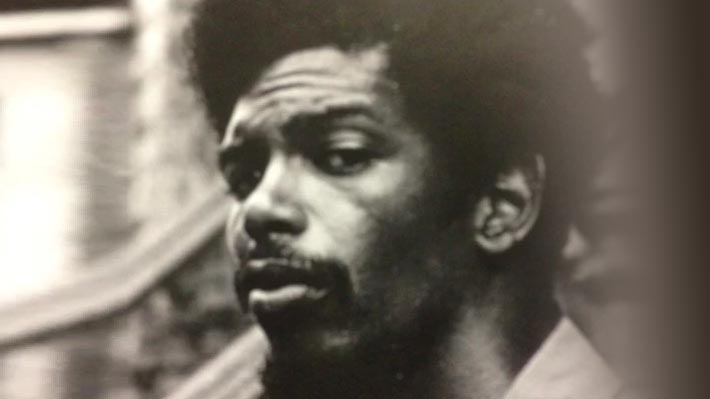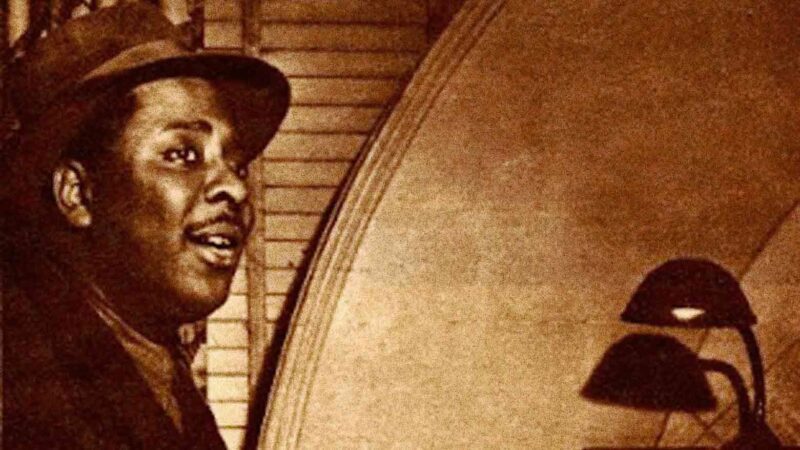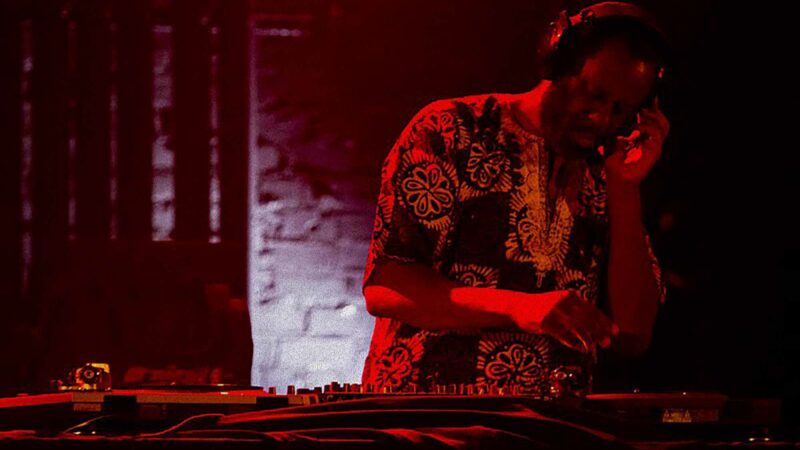
34TH INTERNATIONAL FESTIVAL OF FILMS ON ART
Twist is a feature-length documentary about Hu, a Chinese contemporary dancer, directed by Mai Liang whose work has been premiered abroad.
There are many twists and turns in the life of Hu during the two-year period covered by this documentary, although I would hesitate to call it just that since the film straddles genres such as reality shows and travelogues. Moreover, I get the impression that Hu is playing to the camera and that reality is often manipulated, such as when Hu reluctantly pays a visit to his long absent father. However, when he uses his smart phone or plays with his tablet, he does not appear to be acting.
Hu was born into a dysfunctional family. His father left the family when Hu was two years old. His mother then remarried a man 47 years her senior whom she promised to look after in his old age if he provided for her son’s education. The stepfather lived to be 99. His mother’s sacrifice proved to be worth it considering the considerable talent shown by this 23-year-old dancer. But will Hu prove to be a son worthy of his mother’s devotion? Only time will tell.
In the film we see Hu dropping out of a Can You Dance contest, opting for a scholarship abroad, turning it down later on, seeking another job, spending a year in Tibet in search of serenity and travelling. We also see him dancing on the edge of a wall on the roof of his apartment building, dancing at the entrance of magnificent Burmese golden temples and sweating it out in dance studios here and there. There is the occasional bar and restaurant scene. He experiments with a female roommate but that doesn’t seem to work out. Later on he takes a gay lover with whom he dances a piece called “Falling in Love” and then choreographing another piece called “the break-up” shortly before he breaks up with his lover. Did the relationship spring from the dance or the other way around? We shall never know. What is crystal clear is that Hu has a lithe and beautiful body which he struts throughout the film in a fluid graceful calligraphy.
POMPEII – ETERNAL EMOTION.
Pompeii, Eternal Emotion, is a very short documentary currently showing at the Montreal Museum of Fine Arts together with the temporary exhibition. It is also featured in the 34th FIFA . It shows the current state of affairs in Pompeii, the impressive museum that has grown around the ruins and the spread of a modern-day Italian city around it. There is no dialogue, but then again, there is no need for a voice-over. The visuals and the music say it all.
I visited the site when I was a child and I still vividly remember the bodies frozen in time, or should I say, cast into petrified sculptures: the dog eating what appeared to be a piece of flat bread, the pregnant woman shielding her child with her hands, the couple huddled together. The colours of the erotic frescoes appear as vivid as they might have been sixty years ago when, because of my age, I was not allowed to view them and indeed, they might still be as vivid as they were centuries ago for all I know. What I do know for sure is that the emotions elicited by these images of living forms congealed in a flash of fire still are very much felt by the viewers. If you cannot make it to the FIFA festival at least do visit the current exhibition at the museum. It is an experience you will never forget.
The Collection That Did Not Exist. [La collection qui n’existait pas] Joachim Olander, Belgium.
Radiologist Herman Daled and Lawyer Nicole Daled-Vestraeten are a husband and wife team who spent many years of their life and a great share of their joint income to the financial and logistical support of conceptual art in Belgium. It is in this manner that they unwittingly built a massive collection of XX Century conceptual art, including works by major artist Marcel Broodhaers and his coevals. The collection consists of documents, photographs, film clips, commentary and other memorabilia.
It is traditionally said that art must appeal to the senses and through them, to the emotions. Not so with conceptual art which, by definition, is very cerebral. Joachim Olander, a young Belgian filmmaker interviews Daled at great length to gain a better understanding of what conceptual art is or is not, and the reasons that led Daled to finally sell his collection to MoMA in New York in 2011.
Many questions were raised: What is the product called conceptual art if there is no art object per se? How can you collect it when there is nothing tangible to collect? And what value or monetary price do you assign to something that does not exist? And so forth.
I left the movie theatre a tad early because my head was spinning with all these disquisitions. Moreover, I wanted to return to my computer and whittle down complex ideas to simple words. But I could not. Everything has vanished like a dream upon awakening. Only a whiff remains. But then again, as Daled took pains to explain, conceptual art by definition is more interested in the process than the product and being an ephemeral experience, it is bound to vanish into thin air.
One thing I do know for sure. Conceptual art makes you think and see the world differently.
Do watch this film for a transformative experience.
[To donate to FIFA click on: sauvonslefifamembogo.com]]
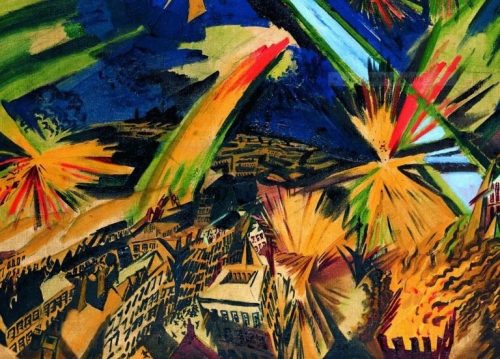
Juste avant l’orage. Don Kent.
Filmmaker Don Kent’s father was born in Scotland in 1914 and his father’s brother died in 1915 while in the trenches in France. Kent’s father left behind an old suitcase containing some personal effects of his dead brother, including some old photographs and books by leading intellectuals of the time. His father’s birth date and his uncle’s memorabilia inspired Kent to envisage an imaginary train ride from Paris to Vienna to study and document what life was like before WWI broke out.
Life in prewar Europe was a mass of contradictions: the Edwardian era was coming to a close, Tzar Nicholas was convinced he could ride the revolutionary wave and Archduke Franz Ferdinand never imagined a violent death in Sarajevo. It was, after all, La Belle Epoque and Vienna was the capital of the “civilized” world. But, as Kent reminds viewers in an ominous voice-over, WWI erupted with unheard of violence in 1914 and the film was made in 2014, exactly one hundred years later.
Let us hope that Don Kent is better at making documentaries than at predicting the future.
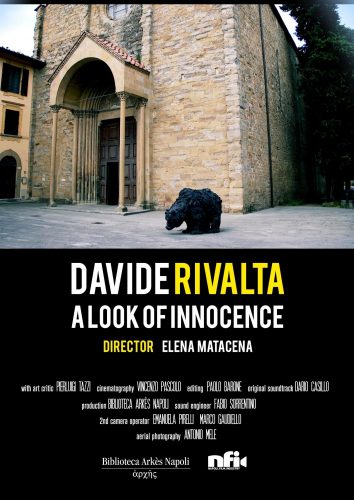
Davide Rivalta – A Look of Innocence [Lo sguardo dell’innocenza], directed by Elena Matacena.
Davide Rivalta is an Italian sculptor who works on the preliminary designs of his sculptures out of his studio in Bologna but casts his pieces in an art foundry in Turin. His pieces, monumental works of raw force, are located in different parts of Italy, mostly in public spaces, although he has produced some murals in private palazzos. A striking example of his work is a collection of gigantic gorillas placed in the courtyard of the Court of Ravenna. Why gorillas? To defuse the solemnity of judicial proceedings.
Rivalta loves to work with animal figures, but only those that he has personally seen, because he laments the disappearance of animals from the human landscape and wishes to make up for this loss through his art. He encourages visitors to touch his works but has no pity for them if they climb on the animals and get hurt in the process. After all, animals have the right to defend themselves, albeit with spiky metal.
This film is more about the creative process and less about the finished product. And even though Rivalta resorts to technology and modern tools, sculpting in metal is as arduous as sculpting was in Michelangelo’s time.
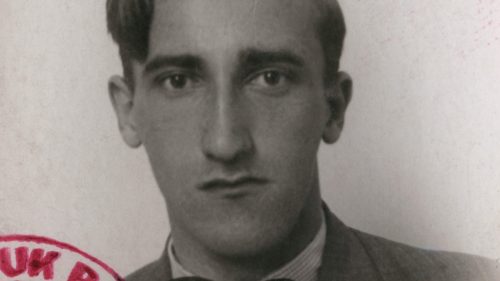
Krag Kantora (Kantor’s Circle), Poland, was as good a place as any to start viewing the engaging roster of films presented by the 34th International Festival of Films on Art – FIFA 2016, a traditional spring offering in Montréal. By the way, this festival is much anticipated by the general public and art connoisseurs but unfortunately it is ailing from lack of funding. Let us hope that the powers that be, and its faithful public, come to its rescue.
Tadeusz Kantor was a painter, set designer, theatre director and assemblage artist who held the post of professor at the Cracow Fine Arts Academy during WWII. When the Nazis invaded Poland, many students were sent back home or recruited as slave labour in Germany while others were simply told to stop producing “decadent art”, which was the Nazi way of spitting in the face at an art movement they did not understand. This did not deter Kantor and his circle of students and friends from doing exactly the opposite: Kantor went on to become the director of an underground theatre group and his students became the main exponents of the avant garde movement in Poland in later years.
This documentary consists of priceless archival footage of Cracow during the war, interviews with survivors from that dark period and film clips from Kantor’s thespian productions.

Undine Gruenter – Le projet d’aimer, Switzerland, is a biographical film documenting author Undine Gruenter’s sojourn in Paris. Gruenter was a German-born writer who came from a lineage of writers and intellectuals and who married into the same profession. She had originally studied law with the aim of becoming a family judge but turned to writing novels instead. This film is based on her Parisian journal with voice-overs from her writings which are steeped in self-questioning and musings, particularly on the subject of the nature of love and the meaning of freedom. Hence the reference to love in the title. For Undine Gruenter, love meant total freedom which brooked no restraints. She died at the age of 50 from a brutal neurological disorder which first stopped her from writing and then from breathing.
I had never heard about her before watching this powerful film directed by Anita Hugi. It is up for competition. If it does not win it will be because the quality of the competitors is even higher than imagined. In any case, when I get a chance, I will make sure to read her Parisian Journal.
